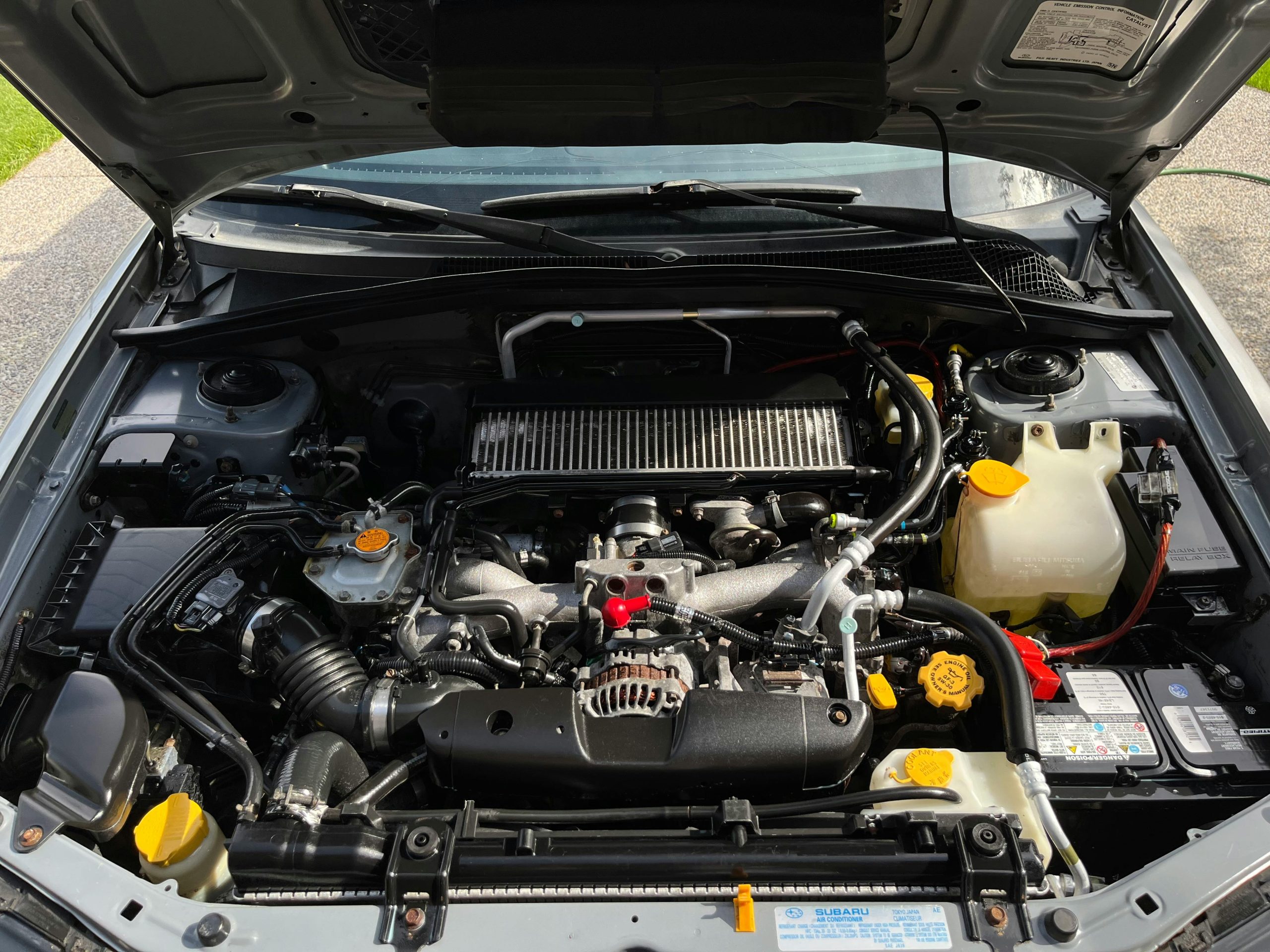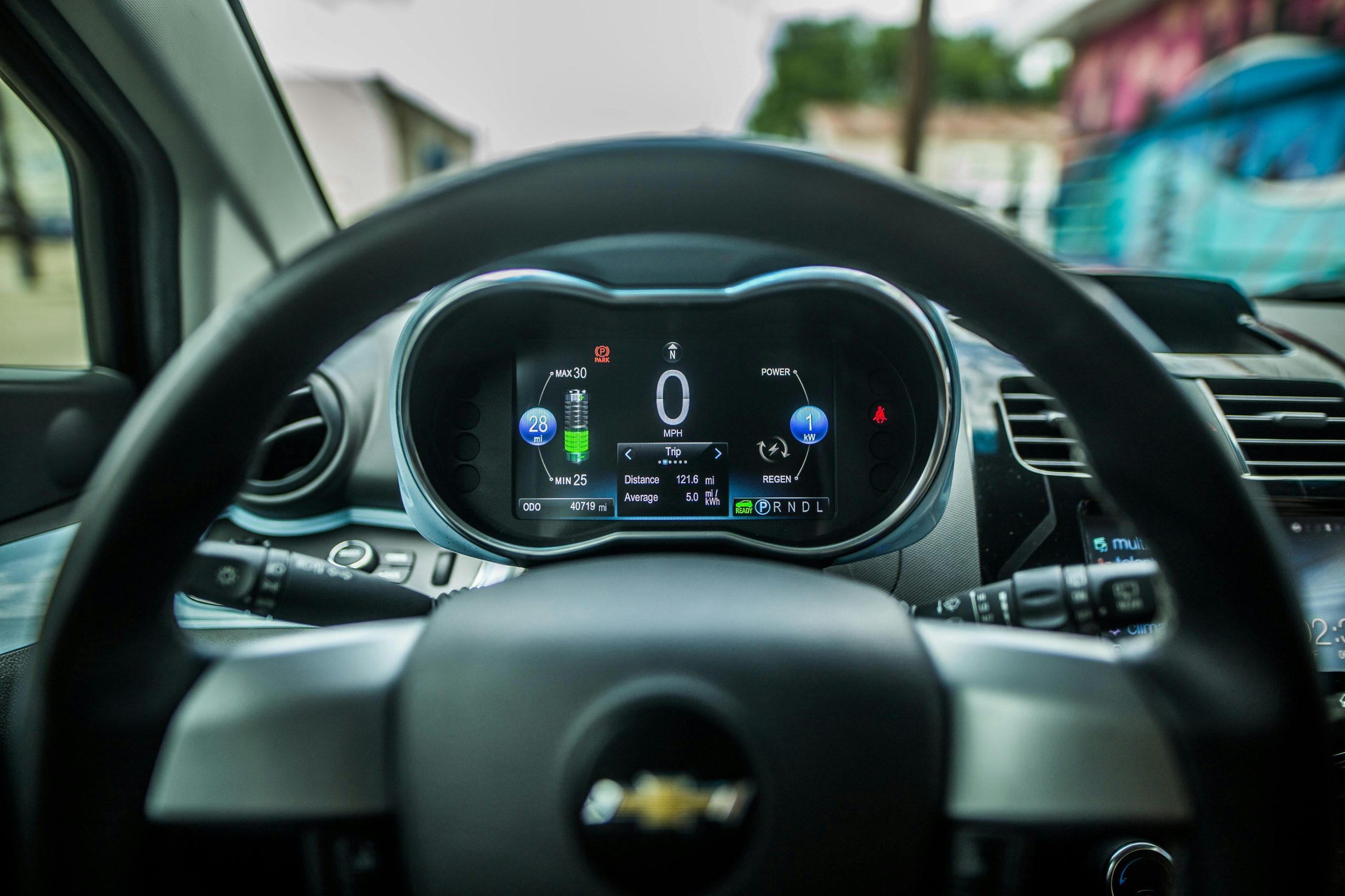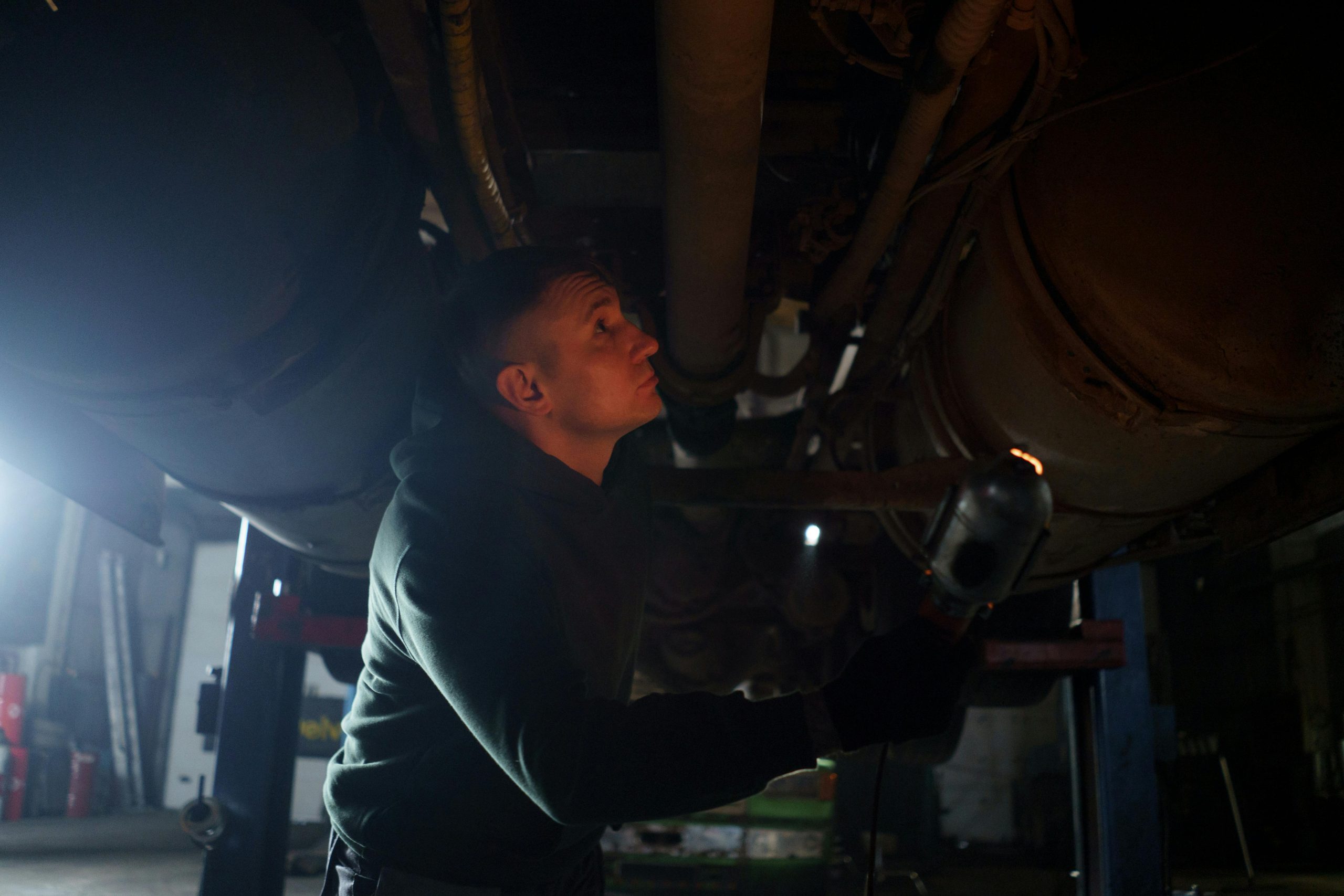A car overheating is one of the most alarming things a driver can experience. The temperature gauge spikes, steam starts escaping from under the hood, and panic sets in.
But what actually causes a car to overheat? More importantly, how can you address these causes and keep your engine cool and running smoothly? Let’s break it down.
What Happens When a Car Overheats?
When a car overheats, it means the engine’s temperature has exceeded the safe operating range. This is a serious issue because an overheated engine can lead to significant damage, including warped cylinders, blown head gaskets, or even a complete engine failure.
Understanding the root causes of overheating is the first step to preventing it. Let’s explore the most common culprits.
1. Low or Leaking Coolant Levels
Coolant, also known as antifreeze, is essential for maintaining the engine’s temperature. If your car is low on coolant or if there’s a leak in the system, the engine can’t stay cool.
How to Address It:
- Check Coolant Levels Regularly: Ensure the coolant reservoir is filled to the recommended level.
- Inspect for Leaks: Look for puddles under your car or dried coolant stains near the radiator or hoses.
- Repair Leaks Quickly: Replace any damaged hoses or components causing the leak.
2. Faulty Thermostat
The thermostat regulates the flow of coolant through the engine. If it’s stuck in the closed position, coolant won’t circulate, causing the engine to overheat.
How to Address It:
- Diagnose the Problem: If you notice fluctuating engine temperatures, the thermostat could be the culprit.
- Replace the Thermostat: Fortunately, replacing a faulty thermostat is a straightforward and inexpensive fix.
3. Broken Radiator or Clogged Radiator Fins
The radiator is crucial for dispersing heat from the coolant. Over time, the radiator fins can become clogged with dirt and debris, or the radiator itself may develop cracks.
How to Address It:
- Clean the Radiator: Use a soft brush and compressed air to remove debris from the fins.
- Check for Cracks: If the radiator is damaged, you may need a professional to repair or replace it.
4. Malfunctioning Water Pump
The water pump ensures that coolant circulates through the engine. A failing water pump can lead to poor coolant flow and engine overheating.
How to Address It:
- Listen for Noises: A squeaking or grinding noise from the front of your engine could signal a water pump issue.
- Replace the Water Pump: If it’s failing, replace it promptly to avoid further damage.
5. Cooling Fan Issues
The cooling fan pulls air through the radiator to cool the engine, especially when the car is stationary. If the fan isn’t working, your engine may overheat in traffic or while idling.
How to Address It:
- Check the Fan Motor: Inspect the motor, wiring, and fuse for faults.
- Test the Fan: Turn on the car and let it idle; the fan should kick in as the engine heats up.
- Repair or Replace as Needed: Fix any electrical issues or replace the fan if necessary.
6. Blocked or Damaged Hoses
Hoses carry coolant to and from the engine. If they’re blocked, kinked, or damaged, coolant flow will be restricted, leading to overheating.
How to Address It:
- Inspect Hoses: Look for cracks, bulges, or kinks in the hoses.
- Replace Damaged Hoses: Ensure all hoses are in good condition for optimal coolant flow.
7. Head Gasket Problems
A blown head gasket allows coolant to mix with engine oil, leading to overheating and other serious problems.
How to Address It:
- Look for Warning Signs: Milky oil, white smoke from the exhaust, or constant overheating are symptoms of a blown head gasket.
- Seek Professional Help: Fixing a head gasket is a complex job best handled by a mechanic.
8. Driving Habits and External Conditions
Driving aggressively or in extremely hot weather can put extra stress on your engine, increasing the risk of overheating.
How to Address It:
- Drive Smoothly: Avoid revving the engine unnecessarily.
- Monitor the Temperature Gauge: If it starts climbing, pull over and let the engine cool.
- Use Air Conditioning Wisely: Running the A/C in extreme heat can add strain to the cooling system.
What to Do If Your Car Overheats
If your car overheats while driving, here’s what you should do:
- Turn Off the Engine: Pull over safely and turn off the car immediately.
- Let It Cool: Do not open the hood or radiator cap until the engine has cooled completely; this can take 15-30 minutes.
- Check Coolant Levels: Once it’s safe, check the coolant and refill if necessary.
- Call for Assistance: If the problem persists, seek help from a mechanic.
Preventing Overheating: Regular Maintenance is Key
The best way to avoid overheating is to stay proactive about car maintenance. Here’s how:
- Regular Inspections: Check coolant levels, hoses, and the radiator for wear and tear.
- Flush the Coolant System: Over time, coolant can become contaminated. Flushing the system every 2-3 years helps maintain efficiency.
- Schedule Routine Checks: Have a trusted mechanic inspect the cooling system during regular service appointments.
Conclusion
Overheating isn’t just a nuisance; it’s a warning sign of underlying problems in your car’s cooling system.
By understanding the causes and taking preventative measures, you can save yourself the stress and expense of engine repairs.
Keep an eye on your coolant, inspect components regularly, and address issues promptly to ensure your car stays cool and reliable, even in the hottest conditions.



